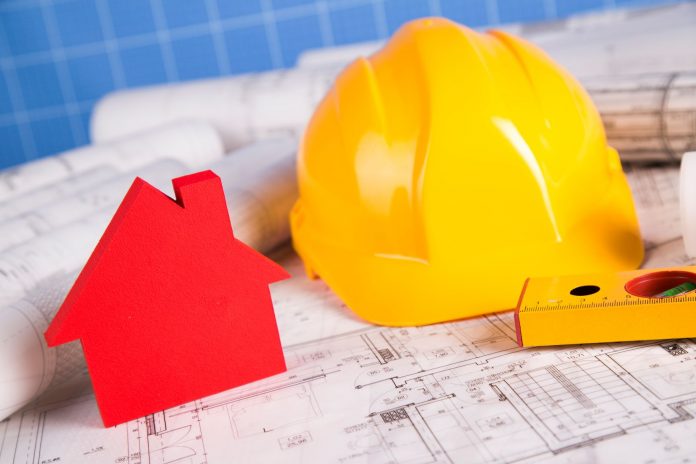Backyard buyers loosely refers to a term for a business that specialises in getting all of your permits through for subdivisions to then go on to create ‘battleax blocks’. So what are the rules when it comes to subdividing in Queensland? Here’s what you need to know before drawing the line.
Subdivisions – What’s the deal?
Making the decision to subdivide your property is not one to be lightly undertaken. There’s a lot to know about this process before you get out the measuring tape and get to work. There are a significant number of ‘loopholes’ you’ll have to navigate and a company that acts as a backyard buyer is one that will help you to sail smoothly through this process.
Please refer to this official documentation from the Brisbane City Council. Rules may differ from region to region so this is presented as a rough guide only.
You will initially need to find out all the key facts about your property as well as investigating planning requirements. It may be well worth your time to contact the council directly as they will have guides and checklists that will assist you in this process. You’ll need to examine zoning, overlays, the size of the lot and figure out if your particular property is part of any existing (or future) neighbourhood plan.
This process is also known as the reconfiguration of a lot. This can be undertaken by creating new lots by subdividing an existing lots, the merging of two lots together, a rearrangement of boundaries, the creation of a community title scheme, using space above or below the land, dividing existing land into parts by particular agreement or creating an easement to provide access to a lot from a road.
What kind of land can be subdivided?
Again, it cannot be stressed enough that you need to invest your time and money into working with a backyard buyers company who can assist you in this process. You will need to ensure you also enlist the help of a surveyor if the company you have selected does not supply you with one. It may even be worth your while engaging the services of a town planning consultant to help you prepare your application (as outlined below). This can save time and effort in the long run as they are able to assess and consider all relevant assessment criteria.
As a quick rule of thumb (and this is not applicable to all properties, just presented as a rough guide) the block of land should be no smaller than 700sqm. There should be ample room for driveways and access. The land should be either level or on a gentle slope in order to ensure best practice when it comes to construction. Corner blocks are ideal if you can manage it (but that’s rarely guaranteed) and you need to understand the zoning rules. Working with your company of choice, surveyor and town planner will help you to understand these rules further.
How much (roughly) does it cost?
How long is a piece of string? Every property is unique and, with that, every subdivision and development will be similar. You will have to pay an application development fee when you lodge your application. Additionally, the council will levy infrastructure charges as part of the process. This will apply to each new lot that you create. These levies and fees go towards new developments such as transportation, water supply, sewerage, stormwater and community facilities – the same areas that your rates and taxes generally go.
You will also need to pay a fee for plan sealing, a compliance assessment and the connection of new lots to existing infrastructure which will come into effect after receiving your planning approval.
Everything that goes onto the new block must be in line with council approval and, again, will be explained to you by your company of choice. This is not an undertaking that you can do alone and it is best to go through a third part to make sure all the I’s are dotted and all the T’s are crossed.
How will this pan out for us?
You need to consider the reality of living through the subdivision process and then having a new building built behind you (or in front of you). Take into account how close your neighbours will be – you could be living in very close quarters! The mess and work and length of the build will be dependant on the size of the project and the company you go through. There are no hard and fast rules here – it’s all up to you and your choices.
Good luck! And remember – experts are experts for a reason!





